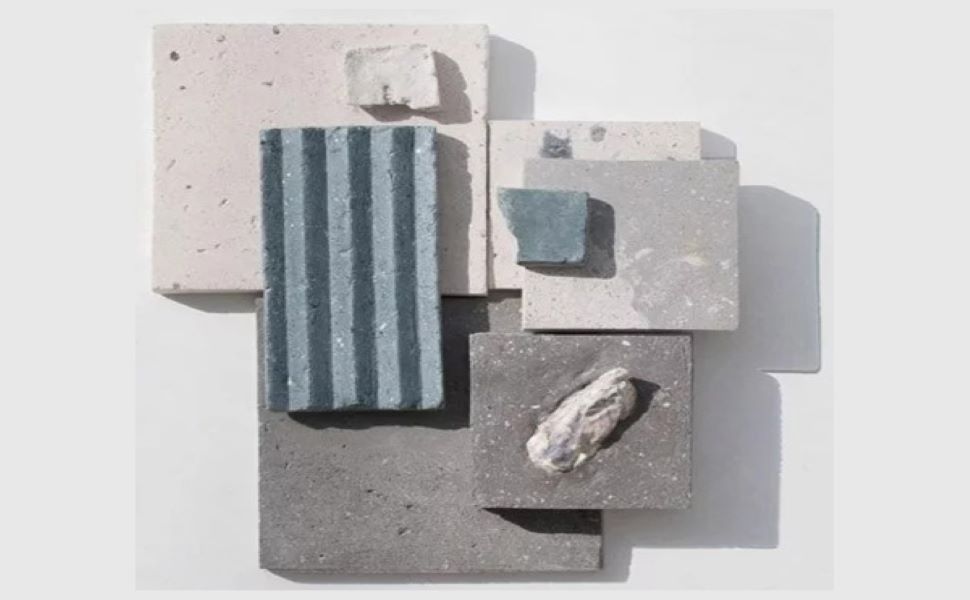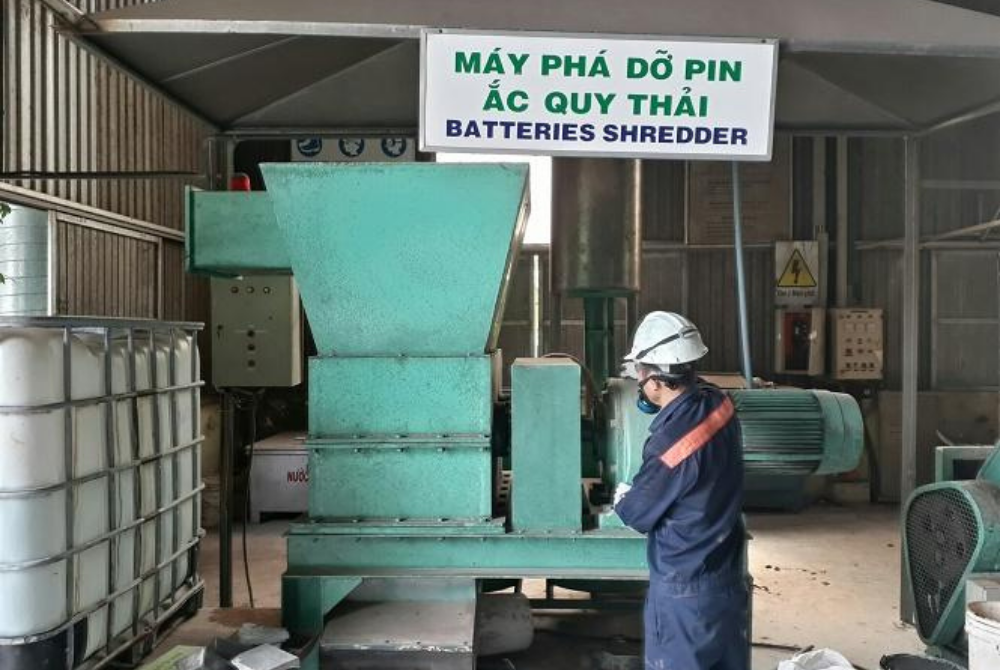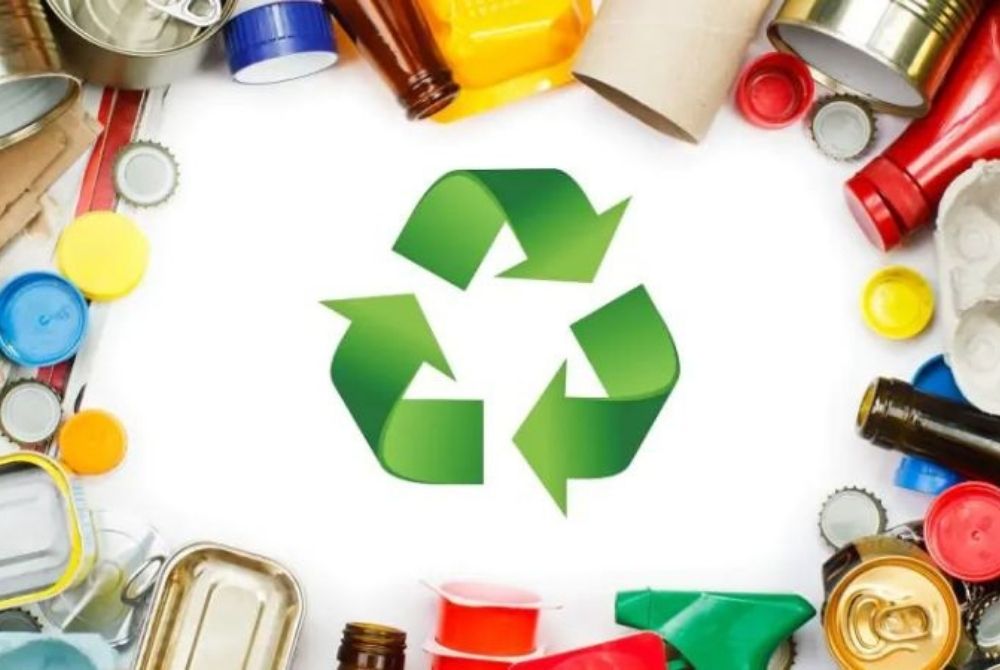Taking advantage of oyster shell blocks to create cement blocks
Learning to work with natural materials will be crucial in shaping our sustainable future. Biological creators are studying seashells – including the exoskeleton of crustaceans – to create recyclable bio-plastic items. They range from dishes to hard hats, building blocks and more.
Each machine plays an important role, but everything really comes together after chitin is mixed with vinegar. This combination creates a material the same as paper and then it can act as a sustainable alternative to disposable plastic.
According to a report by the Japanese TBWA/Hakuhodo Agency, Japanese restaurants waste 40,000 tons of scallop shells every year. In an effort to give these materials another life another life, the researchers team at Newtab-22. The company began grinding oyster shells and combining them with an organic, non-toxic to create a usable material. This material is something like concrete.
Seashells are no joke - they were once solid homes for living things – and is rich in calcium carbonate, aka limestone, which can be used to make cement.
As someone who grew up in a limestone house in Bermuda. I can verify that having this ingredient makes seashells resilient enough for use in concrete. It is so strong that it prevents damage to houses when severe weather and storms visiting the island.
In the first stages of testing Newtab-22, Sugar and agar have been tested as organic binders for concrete. Now, it reportedly uses two currently patent-pending custom adhesives.
After reaching this mixture, it is added to the mold and allowed to harden into concrete-like pieces such as decorative tiles, countertops and vases. Workers at Sea factory are doing the mixing process, dyeing and pouring manually, creating unique features for each product of Sea Stone.
Manual labor was chosen over machines because it minimized the use of heat, electricity and chemical treatments, to ensure that production processes are sustainable and affordable.
However, once again, we have already seen how nature has answers to some of our toughest sustainability solutions as long as we are willing to dig a little deeper.
Source: ximang.vn













